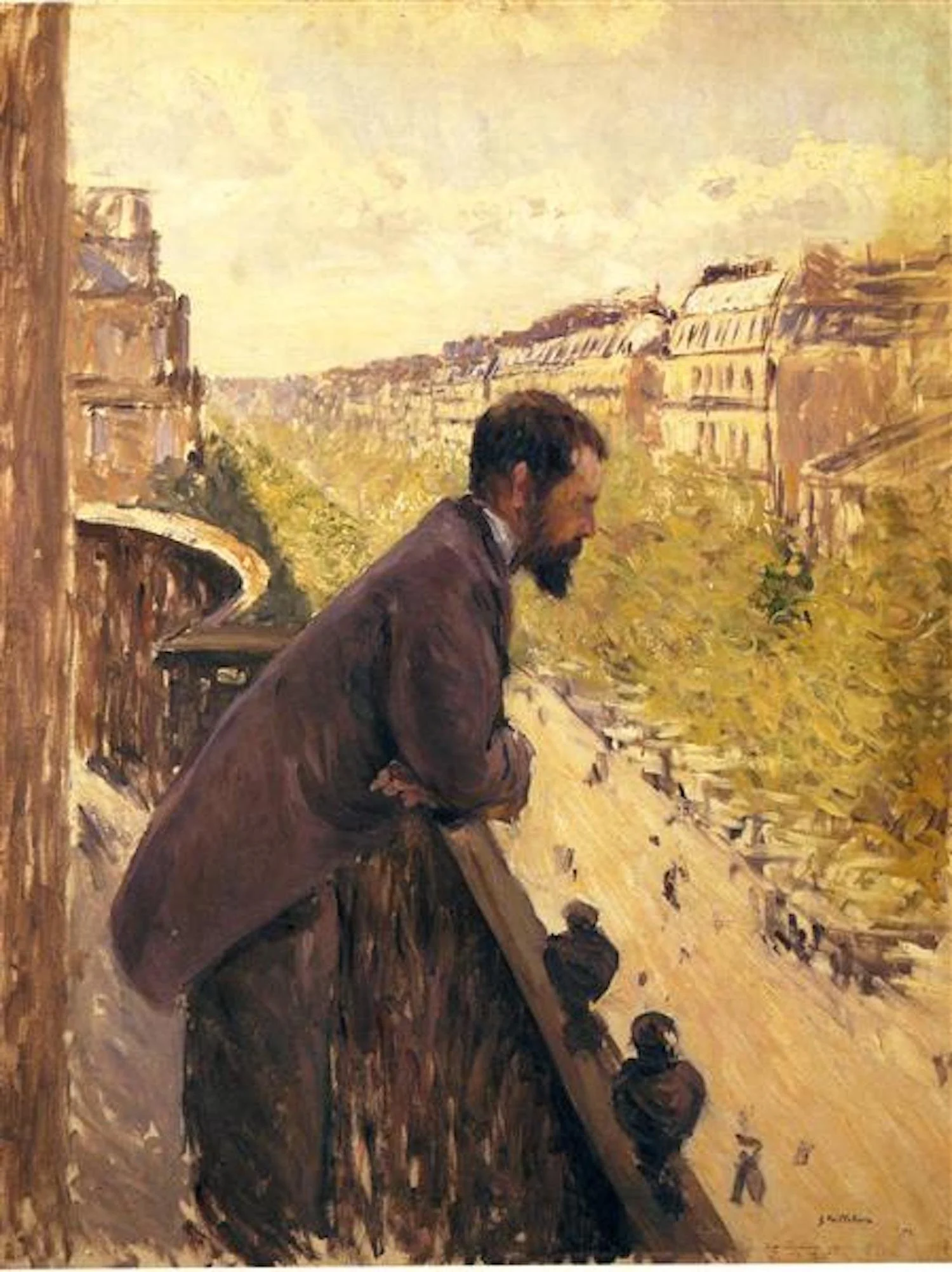The PATH: Attention, Distraction, and Being a Self
sent by J.W. Bertolotti | May 23, 2022
Welcome to The PATH — A weekly reflection with three timeless insights into daily life.
1. Attention
How does one live an intentional life? According to the Buddha, being intentional starts with focused attention on yourself. “Do not give your attention to what others do or fail to do; give it to what you do or fail to do,” explained the Buddha.
In the Buddha’s Words, editor Bhikkhu Bodhi writes,
The teaching begins by calling upon us to develop a faculty of careful attention. To stop drifting thoughtlessly through our lives and instead pay careful attention to simple truths that are everywhere.
Similarly, Jon Kabat-Kinn (founder of mindfulness-based stress reduction) writes in Wherever You Go, There You Are, The best way to capture moments is to pay attention. This is how we cultivate mindfulness. Mindfulness means being awake. It means knowing what you are doing.
“To pay attention,” observed the poet Mary Oliver, “this is our endless and proper work.”
——
2. Distraction
One of the major obstacles to living an intentional life is distractions. In the new book Beyond Distraction, author Shaila Catherine explains: “Thinking is certainly useful, but the untrained mind may tend toward repeating distressing patterns.”
Although there is good news, we can purposely choose to train our minds to let go of unskillful thought habits.
As the Buddha concluded,
I do not see even one other thing that, when tamed, guarded, protected, and restrained, leads to such great good as the mind. The mind, when tamed, guarded, protected, and restrained leads to great good.
The training begins by recognizing that a thought is just that — a thought, a creation of our own minds. From this recognition, we distinguish what is skillful and unskillful.
In Beyond Distraction, Catherine writes: The great twentieth-century Thai forest master, Ajahn Buddhadasa, was once asked how he would describe the state of the world today. He replied, “Lost in thought!”
——
3. Being a Self
“Why are you unhappy? Because 99.9 percent of everything you think and do is for yourself — and there isn’t one,” suggests Chris Niebauer (author of No Self, No Problem). The Buddhist idea of nonself can be a challenging insight to realize.
In No Self, No Problem, Niebauer explains,
This “I” is for most of us the first thing that pops into our minds when we think about who we are. The “I” represents the idea of our individual self, the one that sits between the ears and behind the eyes and is “piloting” the body…
This I/ego is what we think of as our true selves, and this individual self is the experiencer and the controller of things like thoughts, feelings, and actions. The pilot self feels like it is running the show.
Although Buddhism, Taoism, the Advaita Vedanta school of Hinduism, and other schools of Eastern thought have quite a different take on the self, writes Niebauer. They say that this idea of “me” is a fiction, although a compelling one. Buddhism has a word for this concept- anatta- often translated as “no-self." It is one of Buddhism’s most fundamental tenets.
The late Zen Master Thich Nhat Hanh put it this way, “When you ask the question, ‘Who am I?’ — if you have enough time and concentration — you may find some surprising answers.”
Image: Man on a Balcony by Gustave Caillebotte (1880)
——
Thank you for reading; I hope you found something useful. If so, please consider sharing it with others.
Each week, we send a short reflection with three insights to help you live your highest good. If you are not a subscriber to The PATH, you can sign up here to receive it right to your inbox.






